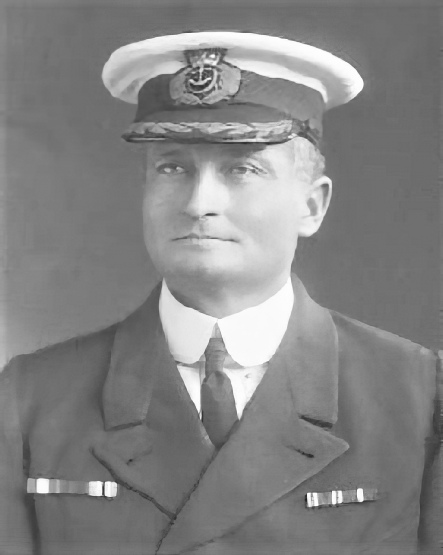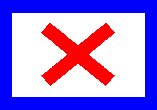|
Service Record |
From |
To |
|
Moor 4th Officer |
1899 |
|
|
Kildonan Castle 4th Officer |
1901 |
|
|
Cawdor Castle Chief Officer |
1/1911 |
11/1912 |
|
Leasowe Castle Master |
3/1917 |
4/1917 |
|
Crawford Castle Master |
11/1917 |
5/1918 |
|
Polglass Castle Master |
5/1918 |
8/1918 |
|
Corfe Castle Master |
11/1918 |
1/1920 |
|
War Soldier/Ripley Castle Master |
1/1920 |
12/1921 |
|
Dromore Castle Master |
2/1922 |
7/1923 |
|
Crawford Castle Master |
10/1923 |
3/1924 |
|
Carlow Castle Master |
3/1924 |
7/1924 |
|
Chepstow Castle Master |
10/1924 |
1/1927 |
|
Durham Castle Master |
2/1927 |
6/1927 |
|
Glengorm Castle Master |
6/1927 |
3/1928 |
|
Llanstephan Castle Master |
4/1928 |
7/1928 |
|
Gloucester Castle Master |
8/1928 |
6/1929 |
|
Llandovery Castle Master |
8/1929 |
3/1930 |
|
Carnarvon Castle Master |
4/1930 |
6/1930 |
|
Llangibby Castle Master |
6/1930 |
4/1931 |
|
Carnarvon Castle Master |
4/1931 |
6/1931 |
|
Armadale Castle Master |
7/1931 |
3/1932 |
|
Carnarvon Castle Master |
4/1932 |
6/1932 |
|
Armadale Castle Master |
7/1932 |
12/1933 |
|
Edinburgh Castle Master |
12/1933 |
8/1934 |
|
Retired |
|
Aged 65 |








